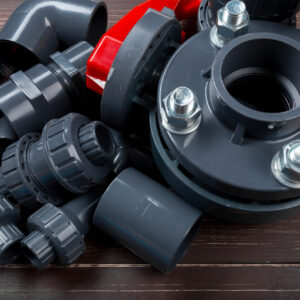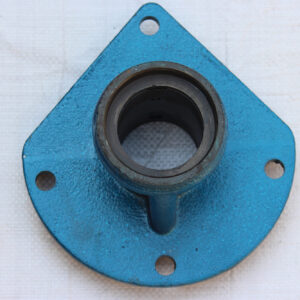Industrial pumps and valves are crucial components in various manufacturing processes, facilitating the movement and control of fluids within industrial systems.
Description
Here are key parts associated with industrial pumps and valves:
Industrial Pumps:
Impeller: Rotating component that imparts energy to the fluid. Its design influences pump efficiency.
Casing: Encloses the impeller and directs the flow of fluid. Casing design affects pump performance.
Shaft: Transmits power from the motor to the impeller.
Bearings: Supports the pump shaft and allows it to rotate smoothly.
Motor: Drives the pump by providing the necessary power to the shaft.
Couplings: Connects the pump shaft to the motor shaft, transmitting rotational motion.
Pump Base or Mounting Plate: Provides support and stability to the pump.
Industrial Valves:
Body: The main structure of the valve that houses the internal components.
Bonnet: Covers the opening at the top of the valve body, providing access to internal parts.
Trim: Refers to the internal components of the valve, including the disc, stem, and seating surfaces.
Stem: Connects the actuator to the disc, transmitting motion to open or close the valve.
Actuator: Mechanism that moves the valve disc. Types include manual handwheels, pneumatic actuators, electric motors, and hydraulic actuators.
Packing: Seals the space between the stem and the bonnet, preventing leakage.
Positioner: In automated systems, a positioner adjusts the valve position based on feedback signals to maintain a desired setpoint.
Both industrial pumps and valves play critical roles in controlling the flow of liquids and gases in industrial processes. Regular maintenance, proper sizing, and selection based on application requirements are essential to ensure their reliable and efficient operation. Advancements in materials and technology contribute to improved performance, durability, and energy efficiency in modern industrial pump and valve systems.





